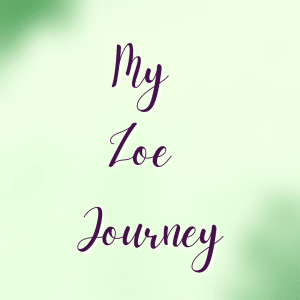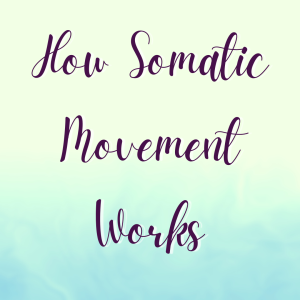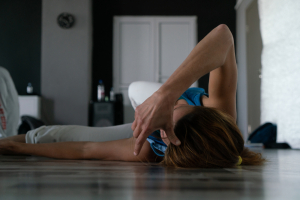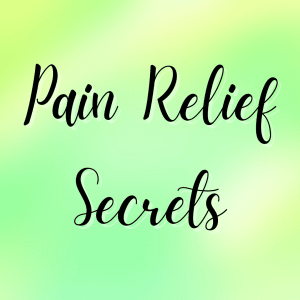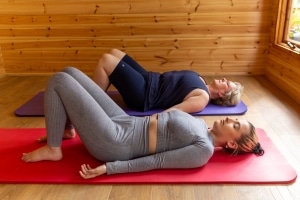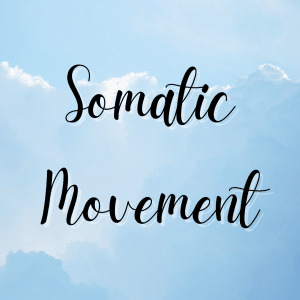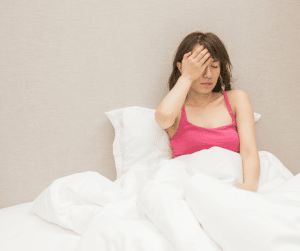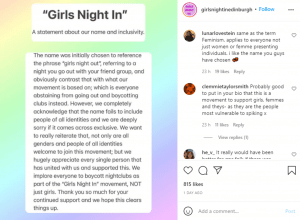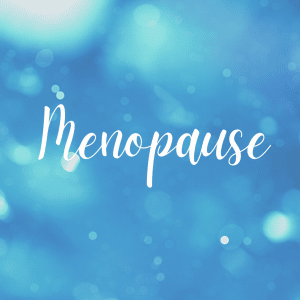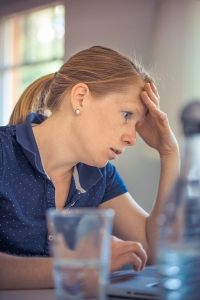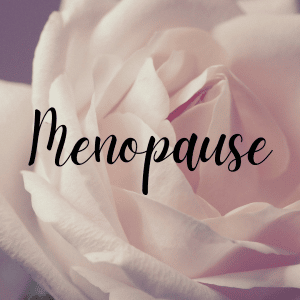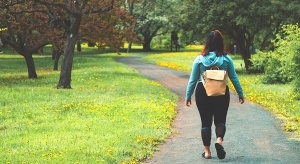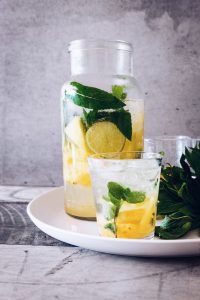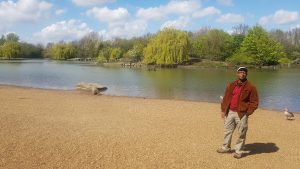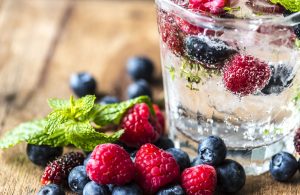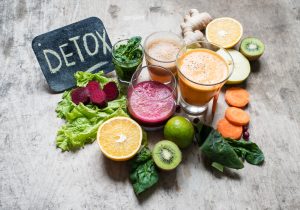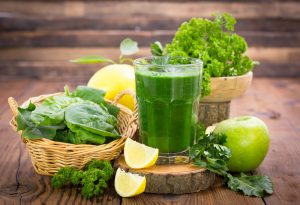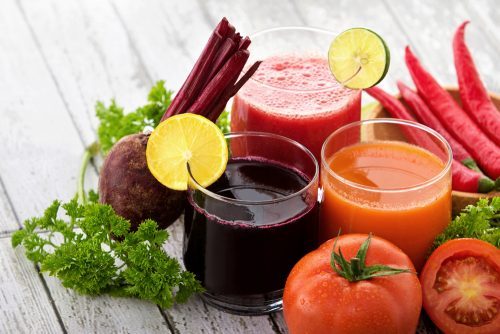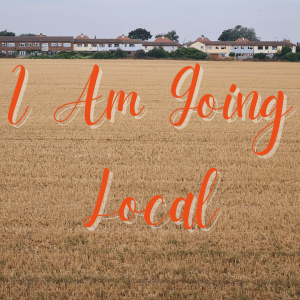 Moving
Moving
I moved exactly a year ago this month. I went from being in the busy East End of London to a quiet village in Essex. Best thing I ever did! In fact, the picture you can see behind the text is the view I am looking at right now, out of my office window. I feel expansive here, there is a big sky and I have space to think. Of course I have my wonderful studio too where I see my Somatic Movement clients and stress management and resilience coaching. A year on I am so happy my husband and I took the plunge and moved. Definitely have no regrets.
Why a Village
I had a view of village life that there would be much more of a supportive, caring neighbourhood. In London, neighbours were mostly anonymous and came and went quite regularly. Of course we had local friends but there was no sense of community where we were. So much hustle and bustle and busy days. Everybody getting on with life almost in a bubble. Especially since the pandemic. I wanted something more. A slower pace of life, cleaner air, open spaces, countryside, and probably a feeling that is more in keeping with what growing up in the 60s and 70s was like. Was I after something that was real or was it just a pipe dream?
I am glad to say it was real. We have wonderful neighbours, open spaces that are cared for and looked after, and we can get into nature by just taking a short walk down the road.
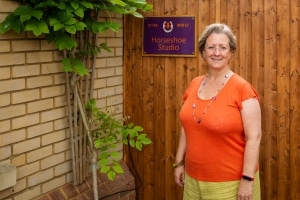 Going Local
Going Local
When we moved my husband and I both agreed that we wanted to support the local economy and immerse ourselves in local village life. It was also a way to consider our own carbon footprint too and how we could reduce it. Climate change is very real for me and I want to do everything I can to reduce waste, plastic, and what goes into our water system. It was more than that though.
It is really easy to buy everything you need online these days. Everything from food and other everyday essentials to luxury goods, clothing, and everything in between. I started to think about what the price was of this convenience. What was I missing with my online shopping? The clothes I ordered online, sometimes they were great, sometimes they were disappointing. The material was not as nice as it looked in the pictures, or the fit was not great. I was missing being able to touch and feel things.
However, that was not what I missed the most. It was the human interaction that I was really lacking. While I have never been a massive shopper, I really love walking into a small local shop, talking to the owner, finding out about them and their products and services. What do they have that might be different? What do they rave about in their own store?
I am not talking about shopping in big anonymous department stores that you have to drive to a shopping mall for. I am talking about finding out what is on your doorstep. From the local corner shop to someone baking cakes in their kitchen at home. More cottage industry to businesses.
We are really, really lucky in our village, we have all the essentials. Some villages suffer these days when too many houses are bought by holiday makers and there are not enough permanent residents to support the local shops. Luckily that is not the case in Great Wakering. We have a couple of good takeaways, some great pubs, a fabulous local general store, a great butcher and some fabulous coffee shops. There are some other local shopping communities close by too. I only have to drive about 15 minutes and I can be in Leigh-on-Sea or Westcliff to shop in some wonderful small local stores.
So what are the benefits?
Surely you’re paying a premium price, aren’t you? This is the cry I hear from so many people when I talk about shopping locally. Well, maybe, but I think the little extra is worth it for a friendly face and some personal service. I also notice that the quality is often superior and the products last a lot longer. Not in all instances but certainly in many. So extra pennies spent now save money in the long run.
You cannot beat walking into a store where you know the names of the owners and employees and they know you. A friendly hello goes a very long way. They’re also getting their stock from local community, so you’re effectively supporting a whole local supply chain. That in turn keeps the village alive and the people connected.
Here are a couple of my favourites, the local shops and pubs support and provide produce for each other too:
 Nanny Egg’s Tearoom and Bakery
Nanny Egg’s Tearoom and Bakery
Whether you’re looking for tasty lunch and afternoon tea, or some local produce, they have a great selection. Or even some local honey, they have it all. They also bake the most delicious cakes and will cater and deliver to your events. They are friendly and they are about local and community. Thank you to Christine Egbury, owner of Nanny Egg’s, for also agreeing to be in the photo. We do seem to have unwittingly synchronised our colour scheme.
If you would like to know more about them, here is their facebook page:
Nanny Egg’s Tearoom and Bakery
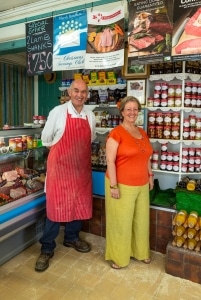 Marsh butchers
Marsh butchers
So much nicer than the supermarket meat. You will not cook and find your pan full of water and the meat has shrunk to half its size. All the meat here is traditionally reared and it is healthier for you too. (There is a massive difference between animal fat from a traditionally reared animal and an intensively farmed animal, traditionally reared being a much healthier fat).
Depending on what you are cooking, they will prepare the cut of meat for you, ready to your personal specific specifications and needs. They also stock a lot of locally based products, again supporting the whole local supply chain and therefore the vibrancy of the village and surrounding area. Thank you to Kevin Booker, owner of Marsh Butcher’s, for also agreeing to be in the photo.
If you would like to know more about them, here is their facebook page:
Marsh Butchers Ltd
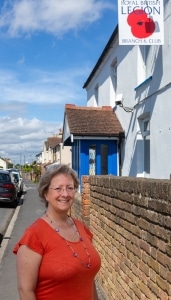 The Royal British Legion – Great Wakering
The Royal British Legion – Great Wakering
A great place for an evening out or just a lunchtime with family or friends. Great summer BBQ’s. Super friendly members. They also have live music on Saturday night, as do many of the local pubs. Prices are reasonable and there is a real heart of the community feel here. It is not just for ex military people anymore, albeit that I am ex military, but membership is open to all.
If you would like to know more about them, here is their website:
Great Wakering & District Royal British Legion (wakeringrblc.co.uk)
I hope you can see why I love my new village life.
What changes have you made in the last year and why?
 Is stress a friend or foe?
Is stress a friend or foe?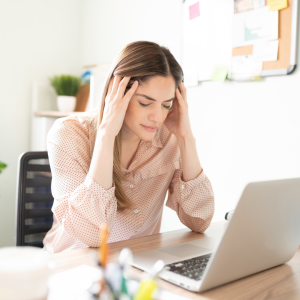 situation!
situation!


